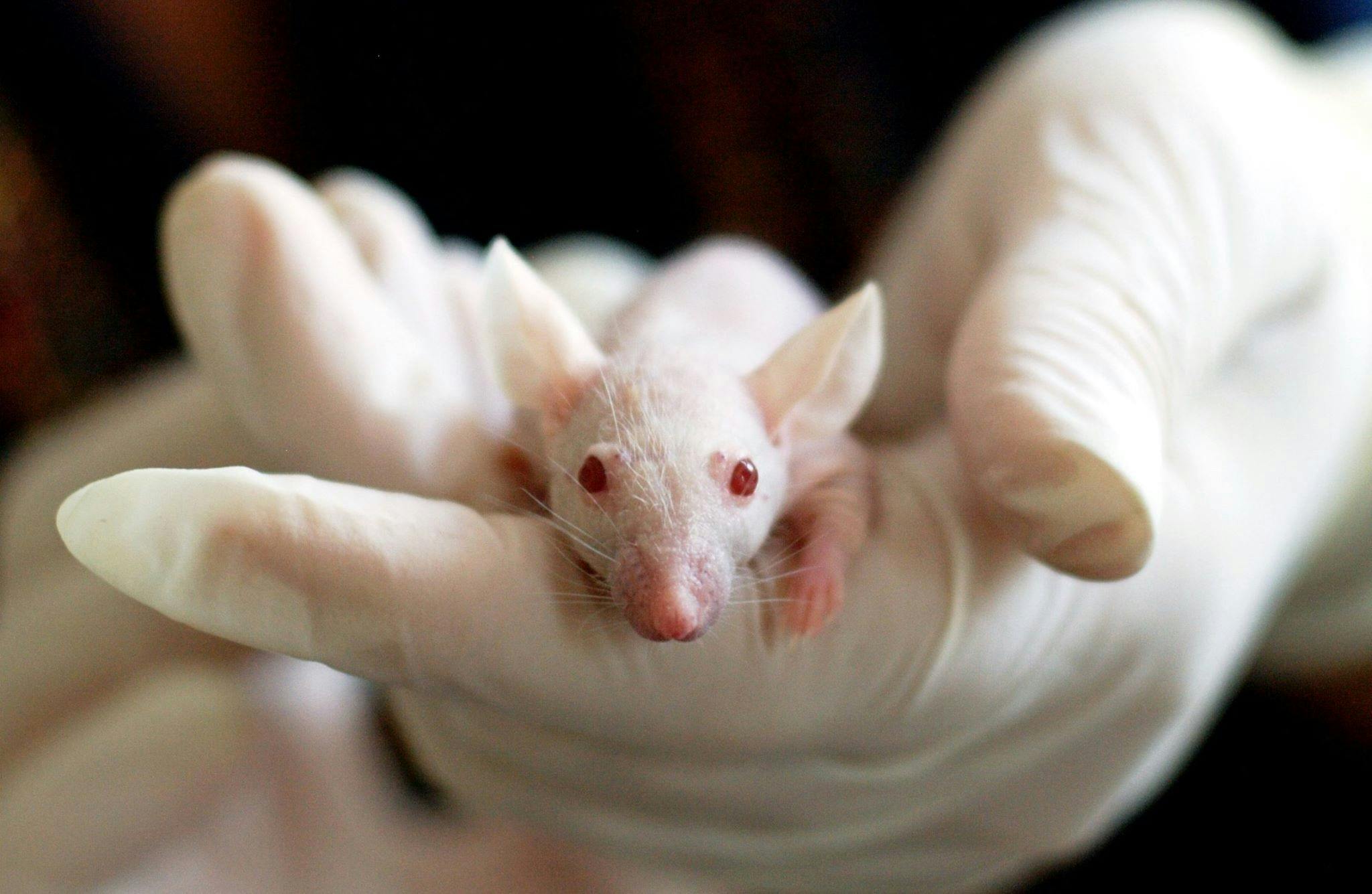(image credit: by Pixabay)
Did you know mice can sing? These tiny creatures produce ultrasonic songs to woo mates and compete for attention—melodies so high-pitched that humans can’t hear them without special equipment. Discover the fascinating science behind mouse “music.”
Mice Are Secret Singers—And Here’s What They’re Singing About
When you think of animals that sing, birds likely come to mind. But here’s a surprising fact: male mice also sing, and not just squeaks and chirps. Their vocalizations are so complex and melodic that scientists compare them to birdsong. The only catch? These songs are in ultrasonic frequencies—well above the range of human hearing.
Researchers at Washington University in St. Louis first discovered these hidden melodies by recording male mice in the presence of females. What they heard was astonishing: structured patterns of whistles and chirps, each mouse with its own unique “voiceprint.” Just like humans have distinctive voices, mice have vocal signatures.
Why Do Mice Sing?
The purpose of this singing is courtship. Male mice use these songs to impress potential mates, much like how songbirds serenade. The songs can change depending on the context:
Longer and more complex melodies when females are nearby
Shorter and more aggressive tones when competing with other males
It’s a miniature concert of romance and rivalry happening just beyond the limits of our perception.
What This Reveals About Mice
This behavior sheds light on the social and emotional intelligence of mice. Far from being simple lab animals or pests, mice communicate, flirt, and even argue through their vocalizations. Some researchers believe these songs might also serve to establish territory or foster bonds within groups.
Understanding mouse communication is also helping scientists study speech disorders in humans. Mice are increasingly used as models in neuroscience and behavioral research, and their complex vocal behavior offers clues to how vocal learning and social behavior work in mammals—including us.


